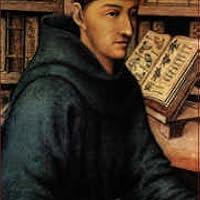
Bernardino de Sahagún
O Autorze
Bernardino de Sahagún was a Franciscan friar and missionary who played a crucial role in documenting the history and culture of the Aztec civilization. Arriving in New Spain in the early 16th century, he dedicated much of his life to studying the indigenous peoples and their customs. His most notable work, the "Florentine Codex," is a monumental twelve-volume text that combines both Spanish and Nahuatl languages, providing invaluable insights into Aztec society, religion, and daily life. Through interviews with native informants, Sahagún meticulously recorded their beliefs, practices, and histories, making his work one of the most important sources for understanding pre-Columbian Mexico.
Sahagún's efforts in preserving the knowledge of the Aztecs not only serve as a historical document but also highlight the complex interactions between European colonizers and indigenous cultures. His work reflects a deep respect for the traditions of the native people, which was uncommon during his time. Bernardino de Sahagún's legacy endures through his profound contributions to anthropology and history, as he sought to bridge the gap between two vastly different worlds during a pivotal period of change.